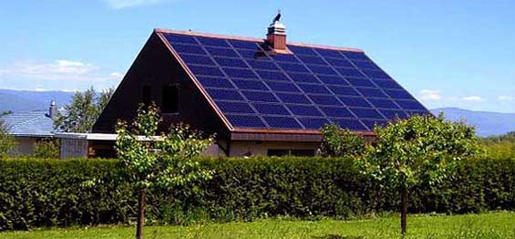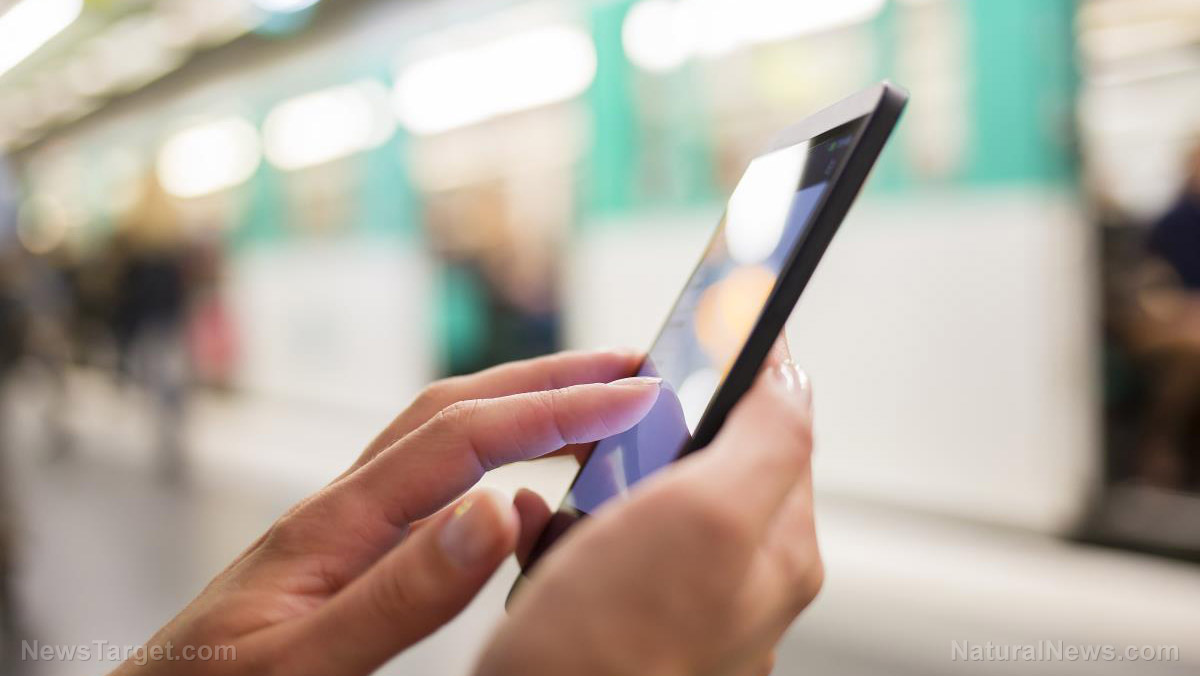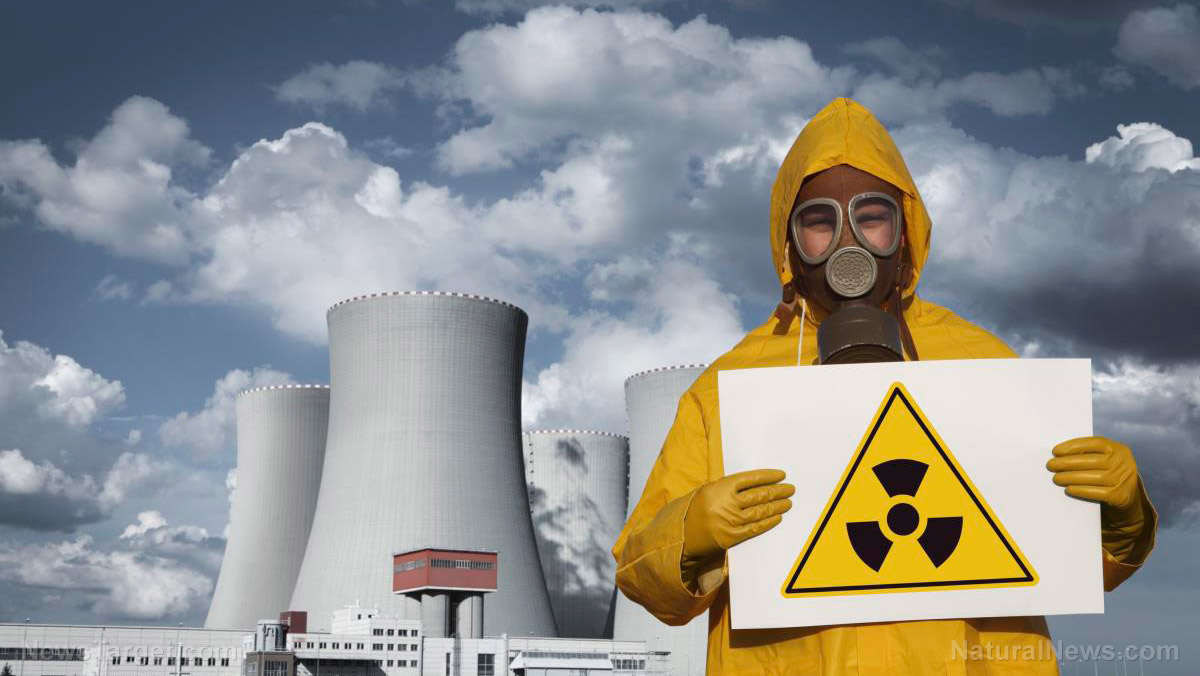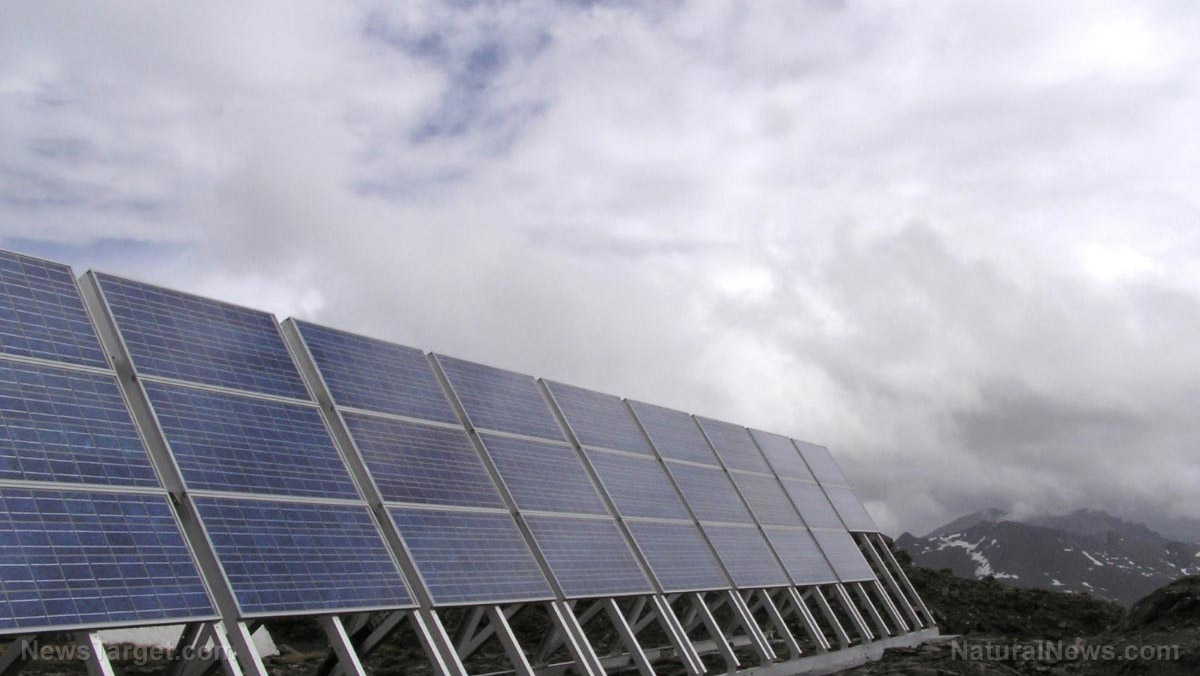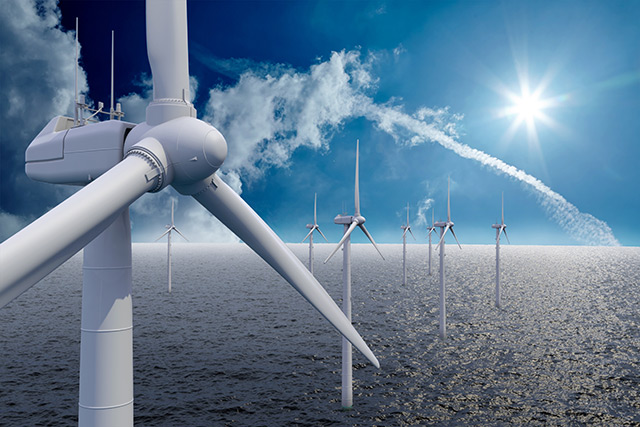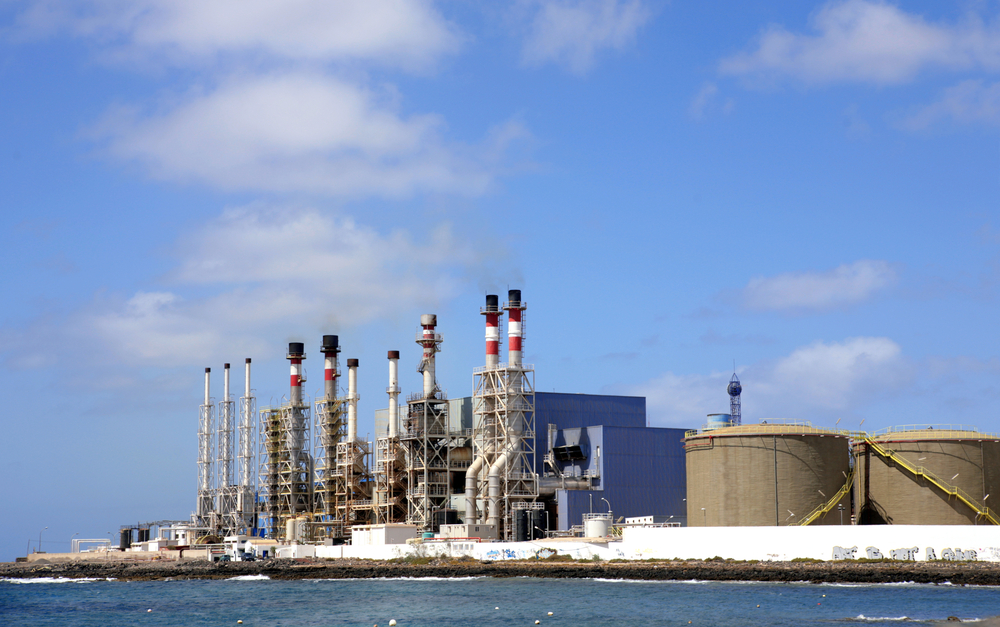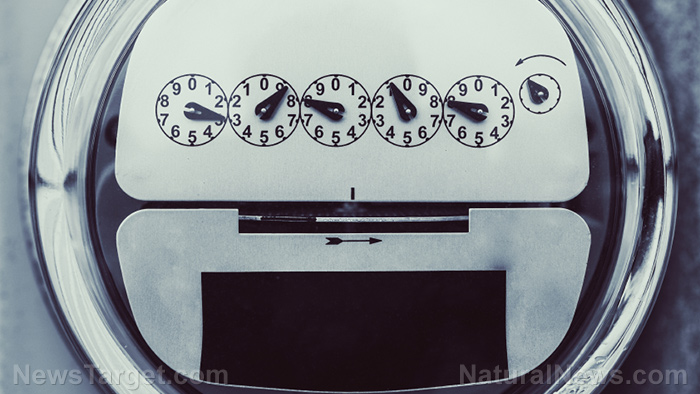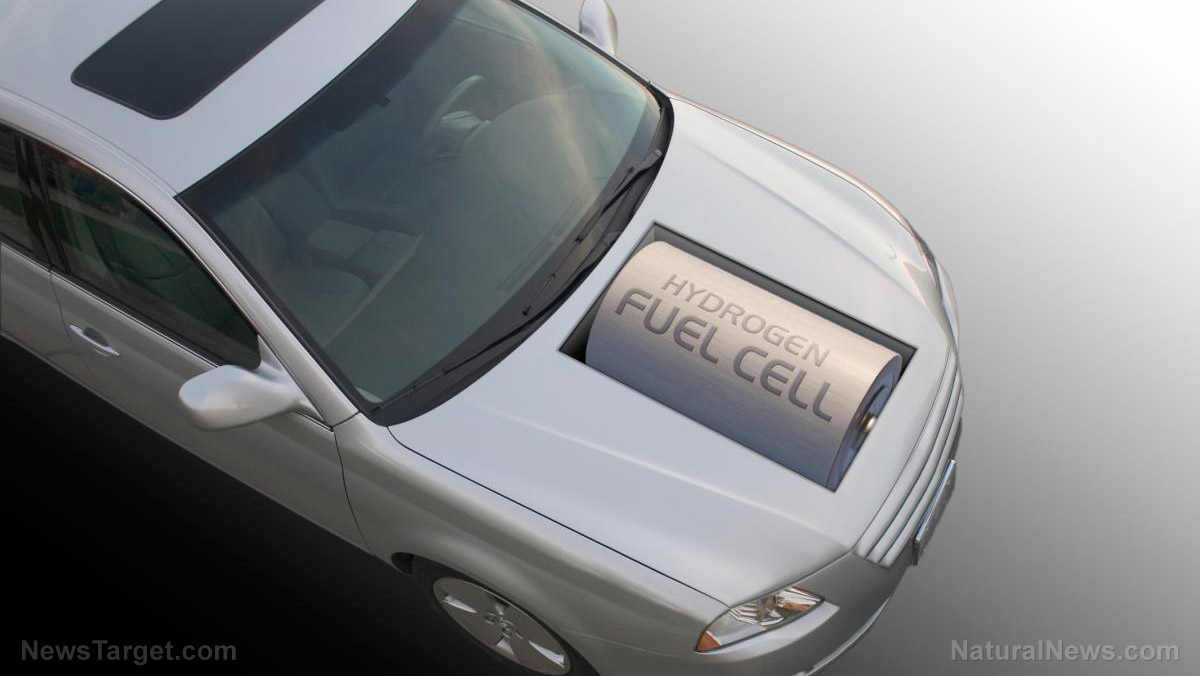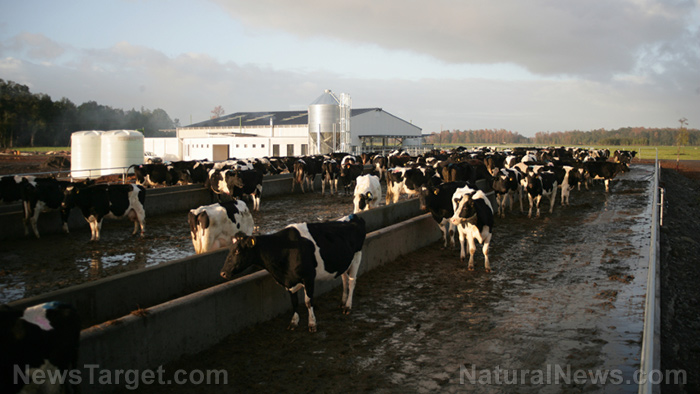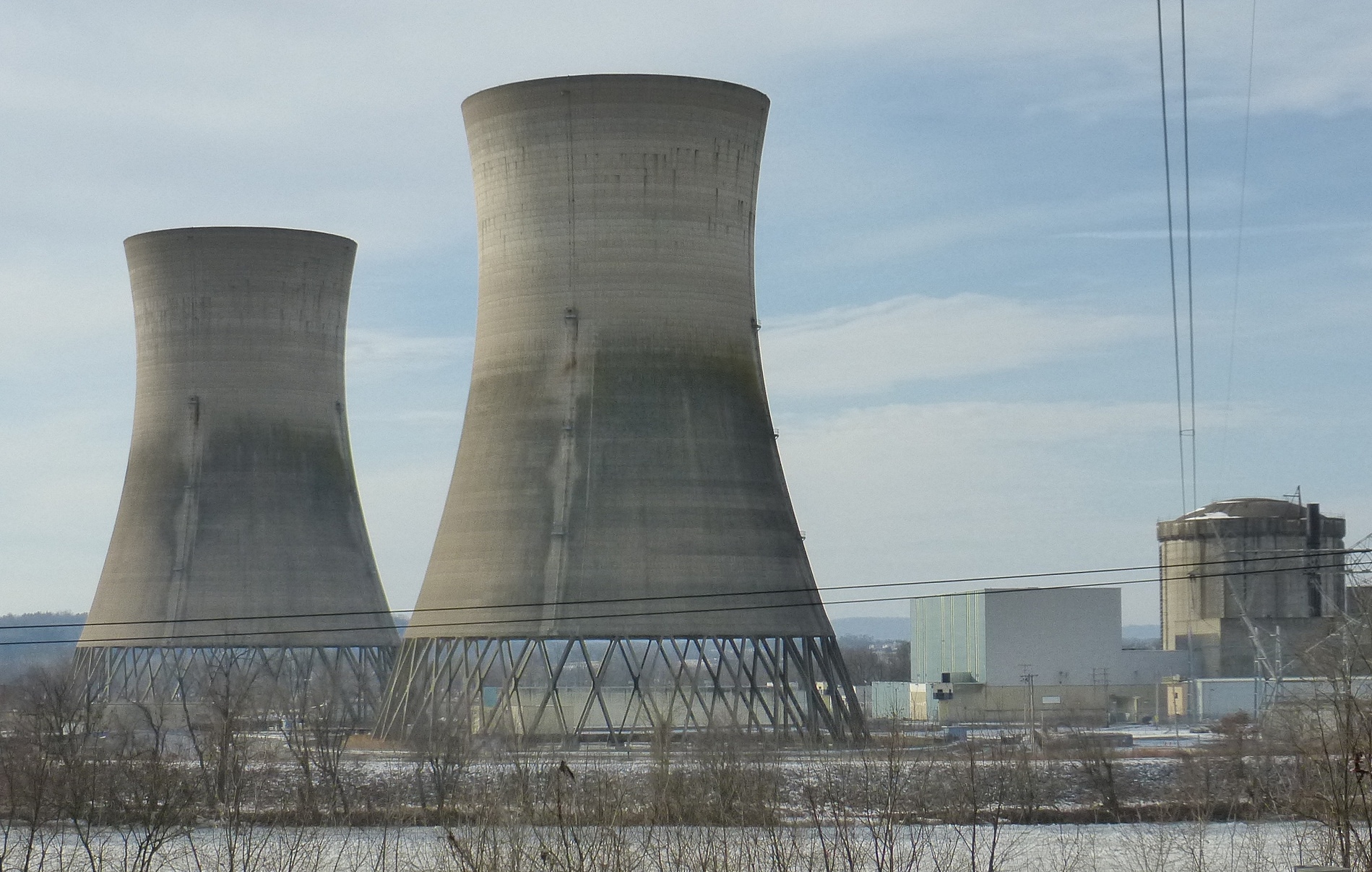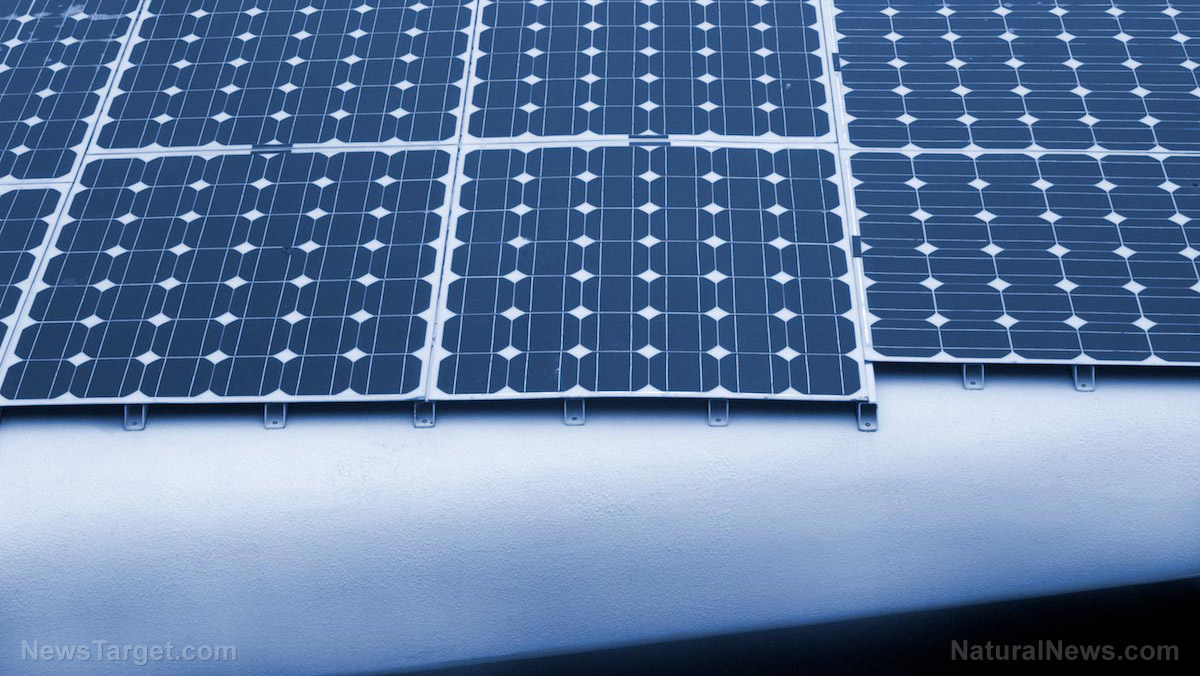The shared economy is going solar with neighbors buying and selling renewable energy to each other in Brooklyn
10/26/2017 / By Rhonda Johansson
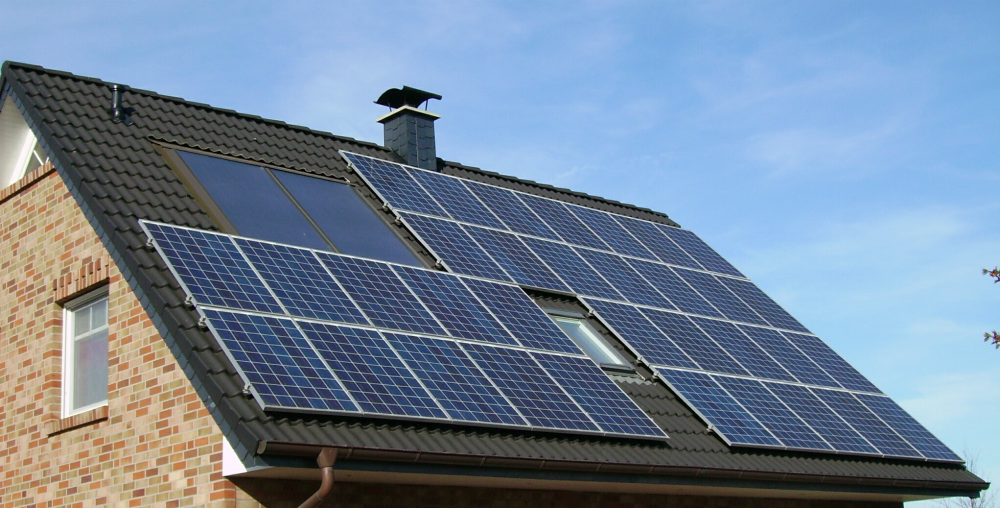
Blockchain technology, the same database system that drives Bitcoin, is now being used to transform the energy sector. A consortium of concerned citizens have proposed a community microgrid iteration that allows people to bid for and sell solar energy to their neighbors. Brooklyn-based LO3 Energy seeks to create a series of local energy networks which would empower New York residents to separate themselves from larger electrical grids during emergency situations, such as extreme weather events which could cut power supply.
The project, which began as an energy think tank in 2012, saw that blockchain technology was the ideal system to create these energy markets. In a nutshell, blockchain is a unique database program which breaks information into “blocks” making it harder for individuals to access or manipulate the data located inside it. The innovation essentially eliminates the middleman and improves the facilitation of digital relationships. Blockchain technology is already considered the system of choice for money transfers and digital currency exchanges. The medical industry and political markets are also considering transitioning a part of their processes to blockchain technology.
LO3 felt that the secure manner of processing massive amounts of continually-changing data could be used to create an energy marketplace of sorts. It would work like this: New York residents who own or have established a smaller power grid from solar panels could sell a portion of the electricity they generate to interested buyers on a mobile app. The app, powered by blockchain, would act as the bidder. Scott Kessler, Director of Business Development of LO3 said that this would enable consumers to figure out what their “willingness to pay for energy” was. Potential buyers would then determine the best price or opt out for traditional energy sources, such as those supplied by ConEd. Another alternative would be to “play with the percentage and see how cheap[ly they could source] local green energy.” (Related: The Positive Economic Effect of Solar Energy.)
Kessler added: “The idea is that it isn’t just rich people with solar panels selling energy to each other, but really, it’s the entire community…So if you’re low-income and you need the cheapest power you can get, we’ll still provide that to you. We don’t want to be dictating.”
The pilot program was launched in Brooklyn for several reasons. The first is practical. The state of New York allows electricity consumers to use solar panels on their homes to supply their own electricity. Any power that the consumer doesn’t use gets fed back into the larger electrical grid which the customer pays for by kilowatt hour. The microgrid system developed by LO3 would make it easier for these energy-saving New Yorkers to strike a deal with their neighbors for the best possible price. Another reason why Brooklyn was chosen was because the borough has a vested interest in energy sustainability. In the aftermath of Hurricane Sandy, many residents were left without power for days. The use of this microgrid system could, potentially, power various parts of the community for a few days, Kessler noted. Additionally, Brooklyn’s architectural diversity made it a good test sample. The feedback from the different types of buildings would prove to be invaluable in the future as the technology expands.
So far, the initial response has been positive. LO3 has announced that they will continue the project, with the microgrid officially going live later this year. The next phase will supposedly include 300 households and businesses and 50 generation sites. It is estimated that the combined power of the involved participants would equate to around 1.5 megawatts of electricity. This is still a small percentage of what the entire Brooklyn population needs, but the purpose of the project was not to replace conventional electricity but to prove that small power grids can serve local communities.
Roger Ditman has signed up for the Brooklyn Microgrid and praised the initiative, commenting, “To me, it’s the next step. It’s taking advantage of something that is totally free. It helps the atmosphere, it helps the country, and it helps the community. What we’re not using gets made available to our neighbors and to the larger community, as opposed to using energy that comes from Arizona.”
Sources include:
Tagged Under: community, electricity, environment, local energy network, neighbors helping neighbors, off grid, power, renewable energy, sharing power, solar panels, solar power

